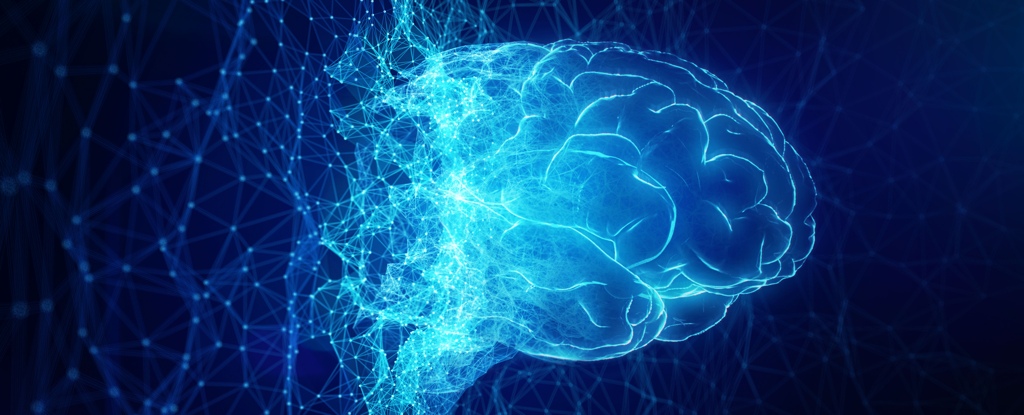Our brains do a fantastic job as the main control center for our flesh sacks if you stop and think about it – which in turn will engage your brain. Now researchers have found out more about how the brain fixes long-term memories in its memory locations.
The new study looks at the “zone of uncertainty” or “zone incerta‘ in the brain: we don’t know much about it, but we do know that it appears to handle memory formation along with the neocortex, which is the largest part of the cerebral cortex.
In learning tests in mice, the researchers analyzed how connections between the zona incerta and the neocortex work, paying particular attention to synapses (the connections between neurons) and inhibition (the rewiring of neuron activity).
“The results were impressive” says Neuroscientist Anna Schroeder from the University of Freiburg in Germany. “While about half of the synapses developed stronger positive responses when learning, the other half did the exact opposite.”
“So what we actually observed was a complete redistribution of inhibition within the system due to learning.”
When the brain forms memories, it combines both “bottom-up” signals coming from the environment and “top-down” signals it generates itself; These top-down signals can be influenced by things like our current goals or past experiences.
The zona incerta addresses a less common type of top-down signaling called long-range inhibition pathways. Top-down signals typically illuminate or excite neural pathways, while these types are inhibitors, suppressing and blocking these pathways as needed.
Varying the strengths of synapses and neural chains in the brain is essential for the formation of memories and helps the brain place a value on what we’re going through: everything that happens to us is somewhere on the unforgettable scale.
These tests show that the zona incerta encodes prior experiences in a specific bidirectional way that has never been seen before. Further testing, in which the zona incerta pathways were blocked, resulted in learning disabilities in the mice.
“This connectivity implies that activation of the zona incerta should result in net excitation of neocortical circuits,” says Schroeder.
“However, the combination with the redistribution of inhibition that we observe during learning indicates that this pathway is likely to have even more far-reaching computational consequences for neocortical processing.”
This is all neuroscience at a relatively high level, but the conclusion is that we now know more about how a mysterious region of the brain affects memory and learning – in a peculiar and unexpected way that is of particular interest to scientists.
As more studies explore the role of zona incerta, we’re beginning to understand how much of an impact it has: it’s now being associated with it Sleep and feed and Pains and fear.
In addition, the zone is regularly treated in treatments for Parkinson’s disease, although scientists are still not sure why it helps with the symptoms. Future research like this should help solve this puzzle and several others.
“Ultimately, this study will hopefully inspire other researchers to further explore the role of long-range inhibition in regulating neocortical function, both from the zona incerta and from additional sources yet to be identified.” says Neuroscientist Johannes Letzkus from the University of Freiburg.
The research was published in neuron.





